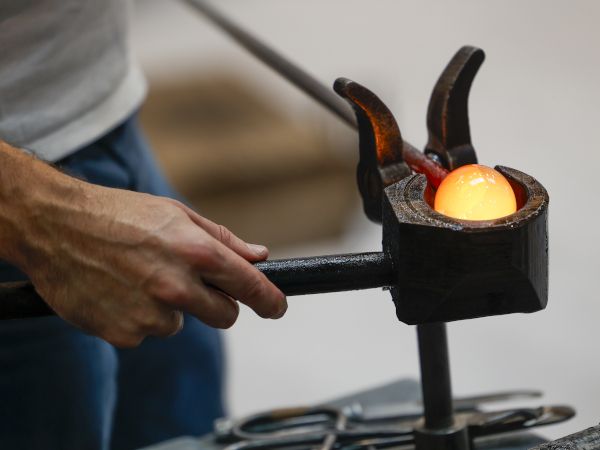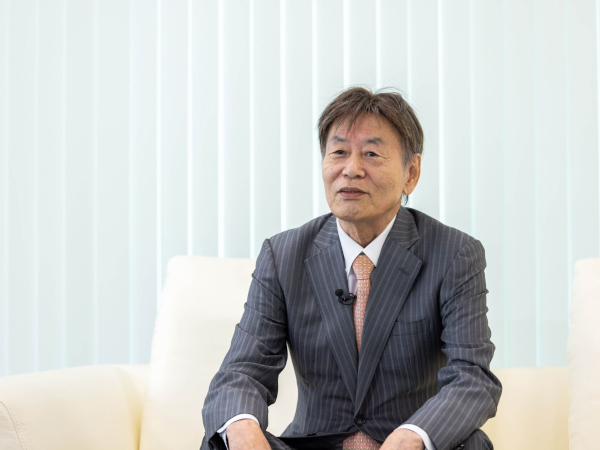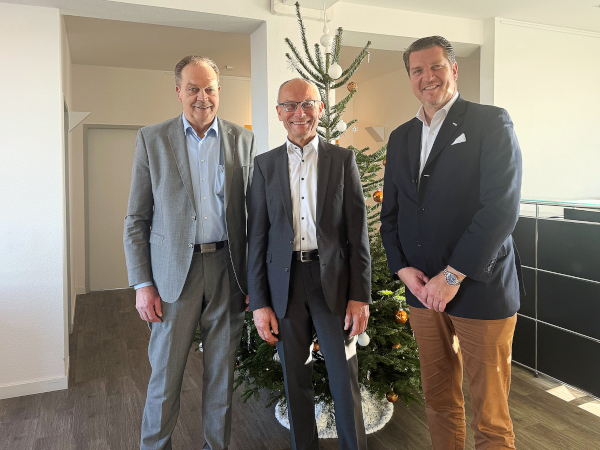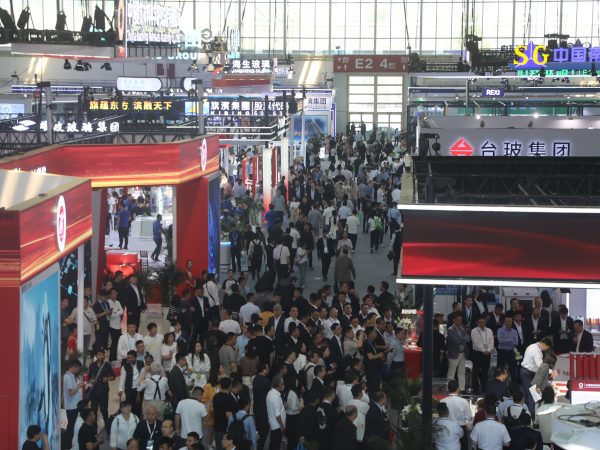
Date: 30 May 2025
Established in 1904 “Glasfachschule Zwiesel” is among the most tradition-rich education centres for glass in Germany. It operates three types of schools: a vocational school (dual education), a vocational training college (full-time school education) and a technical college (continuing education for skilled workers). As an internationally recognised centre of expertise it looks back on longstanding experience in training glass makers, glass finishers and designers. At glasstec 2024 the centre presented itself as an exhibitor and showcased how the glazier trade is developing, tracing a path between tradition, technology and creativity.
In conversation with college head Gunther Fruth we learn how young people are being inspired to work with glass – and why skilled crafts will also remain indispensable in future, too.
How important are traditional glazier crafts such as glassmaking or glass finishing for the industry today – especially in times of increasing automation?
Gunther Fruth: In general, the appeal of high-quality products labelled “handmade” has risen again in society. Mass-produced articles have the decisive market share in glass, but even in industrial glass manufacturing individual product lines are deliberately produced and advertised as individual “handcrafted” items.
Examples of this can be found at Zwiesel Glas, at Kristallglasmanufaktur Therensienthal or Lamberts, a company specialised in handblown flat glass. In addition, handcrafted production is indispensable for developing prototypes (sample glass manufacturing).”
How has training changed over the past few years – for example in view of technical requirements, creativity or specialisation?
Gunther Fruth: “Incorporating the latest technical developments generally plays a key role in training. Nevertheless, acquiring experience with the delicate material that is glass remains a decisive factor. You can only understand and learn the basics through direct hands-on experience. Industrial processing steps such as those performed by automatic edge cutters, waterjet cutting machines or lamination techniques etc. are then increasingly incorporated into the training as the students become more familiar with the material over the course of the 3-year training period.
Individualisation and creativity are key here, along with favourable economic conditions, which are the cornerstones of our training and of promising glass development.”
How do you succeed in inspiring young people to pursue careers like glass apparatus makers or glass and porcelain painters?
Gunther Fruth: “Our centre comprises three school types – vocational school, vocational training college and technical college – and we are particularly active in recruiting glass makers, glass blowers (design), glass apparatus makers, glass painters and artistic glazing, glass finishers (cutting, engraving) and technical glass finishers at the vocational training college.
To this end, we try to inspire enthusiasm around the topic of glass with info days, internship weeks and workshop projects held at regular schools and to promote Eastern Bavaria and its expertise as a glass region in our role as a school open to the community. In doing so, we find more and more targeted interest in the glazier trade and its creative potential. This applies in particular to hot glass forming (glassworks and glass blowing).
We convey the traditional skills and combine them with the latest techniques to forge a path to a “future with glass”.
 600450
600450







Add new comment